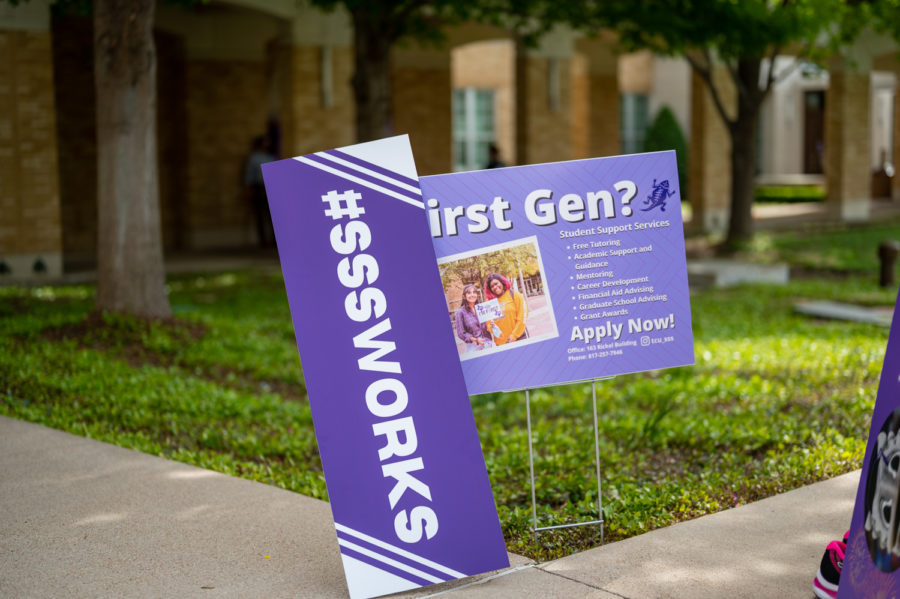Project gives astronomy students access to as many as 300 star clusters
Published Feb 20, 2012
Reaching for the stars is not a far stretch for astronomy students and graduates involved in the latest Apache Point Observatory Galactic Evolution Experiment project. The project grants students access to as many as 300 star clusters at once that have never been visible in this capacity and clarity, assistant professor of physics and astronomy Peter Frinchaboy said. Frinchaboy said he worked for the past two-and-a-half years to get the university access to APOGEE, which is a part of the Sloan Digital Sky Survey III project. The total scope of the APOGEE project includes over 300 scientists from around the world and collaboration with other universities and research institutes, he said. According to an article on the university’s website, the instrument on the Sloan Telescope used to record data is located in New Mexico. Frinchaboy said the equipment worked like a “fancy infrared digital camera,” that captured clear pictures of stars by peering through dust in the atmosphere. He said the digital data was then archived on a central web base and only members of the APOGEE collaboration will be able to access it. Second-year graduate student Benjamin Thompson said he has worked on a computer program to help sort out which images from the telescope the department would view each day. The research program explores the way the galaxy works by examining the stars’ chemistry and ages. When the students conduct the research, they look for how far away the stars are positioned, what the stars are made of and how fast they are moving, Thompson said. He said it was a rare opportunity for undergraduates to work with research of this scale, because the Sloan Telescope reached parts of the galaxy that had never been seen before. “It’s bringing access to a world class project,” Frinchaboy said. “This is cutting edge technology; we are exploring the galaxy in a way that’s not been possible before.” Frinchaboy said his Ph.D. advisor at the University of Virginia, Dr. Steven Majewski, was the principle investigator for the project in 2006. Because of Frichaboy’s involvement, he said he worked to bring the $47 million project to the university for under $200,000. The first research from APOGEE, which has been active since last May, was initially presented in Austin and then at a meeting with key members of the project at TCU in January, he said. TCU was granted associate membership based upon a combination of contributed equipment to the APOGEE instrument, and his time and expertise in planning and managing the APOGEE data collection, he said. First-year graduate student Julia O’Connell said she came to the university this semester and attended the meeting to learn about the developments of the project and to meet the astronomers involved. She said she has been working with online wikis, websites filled with information about APOGEE provided by experts and other astronomers, to acclimate herself with the APOGEE project. Although APOGEE has more viewing access than all the world’s observatories combined, the research was still in its early stage, Frinchaboy said. The APOGEE project is set to continue until 2014, but the APOGEE team plans to extend the project to 2020, he said.


